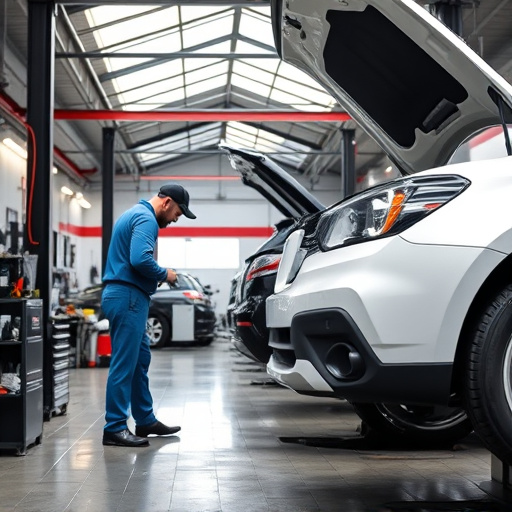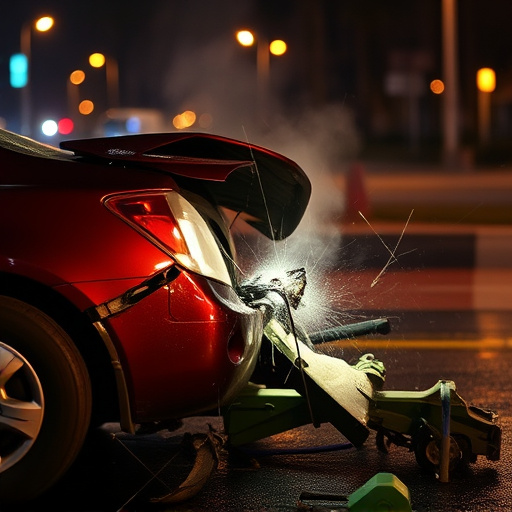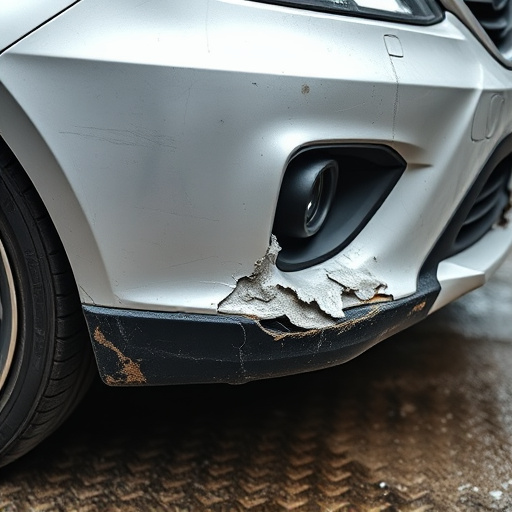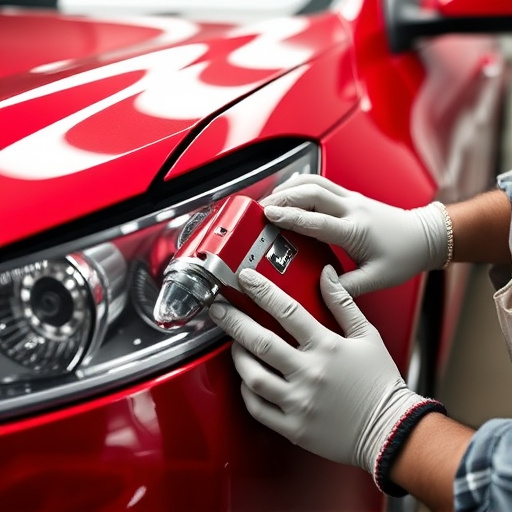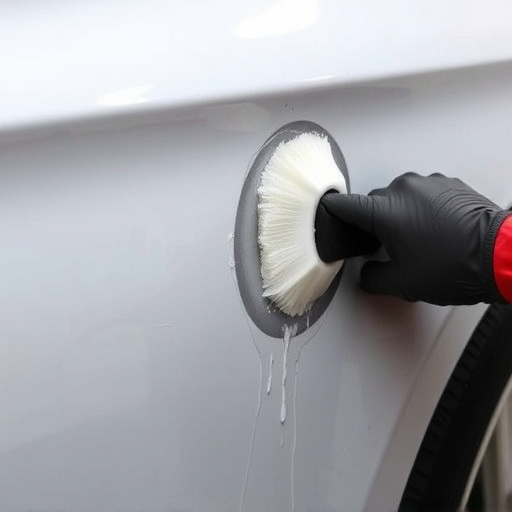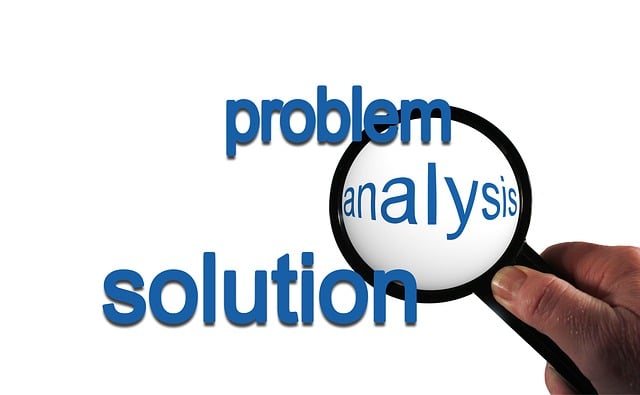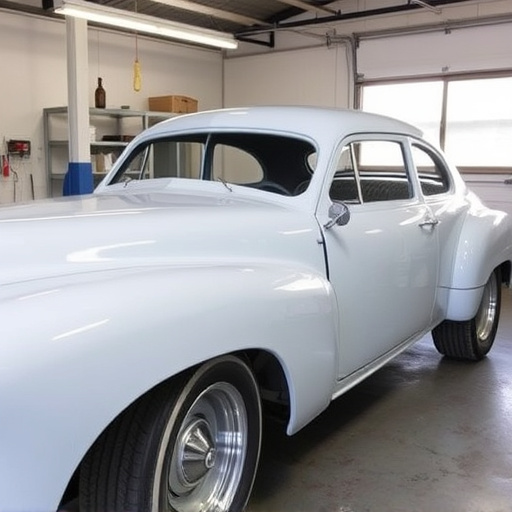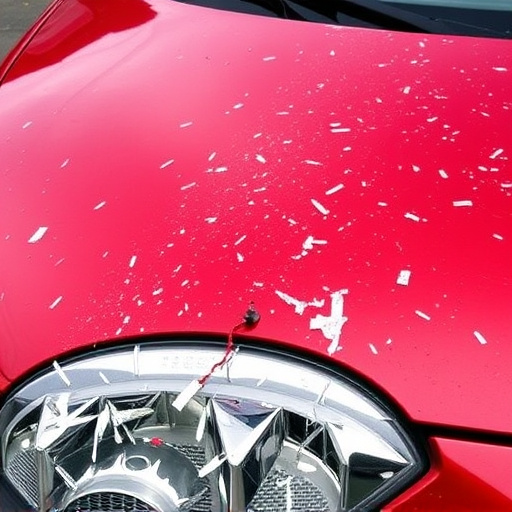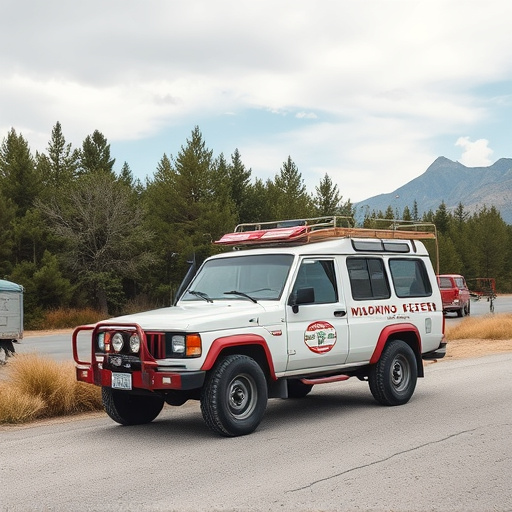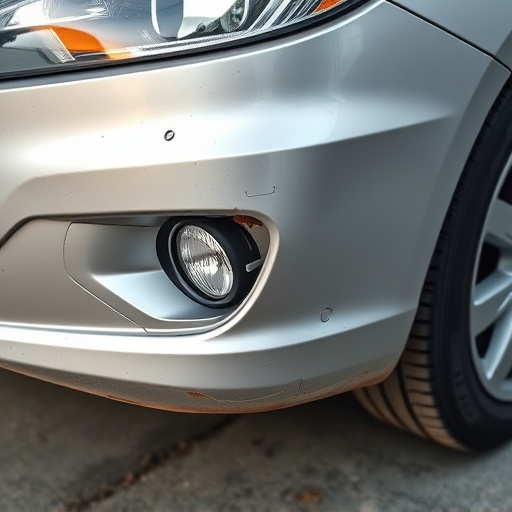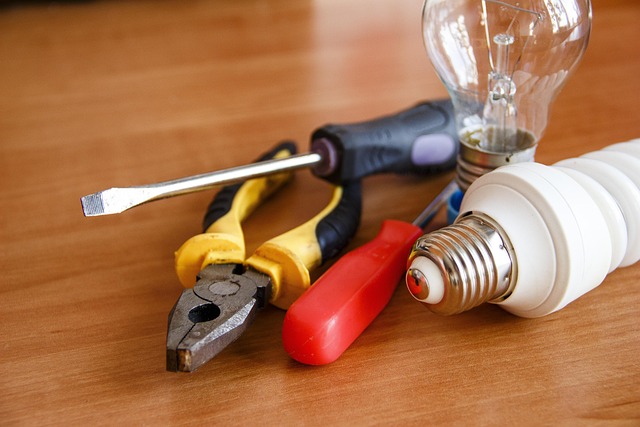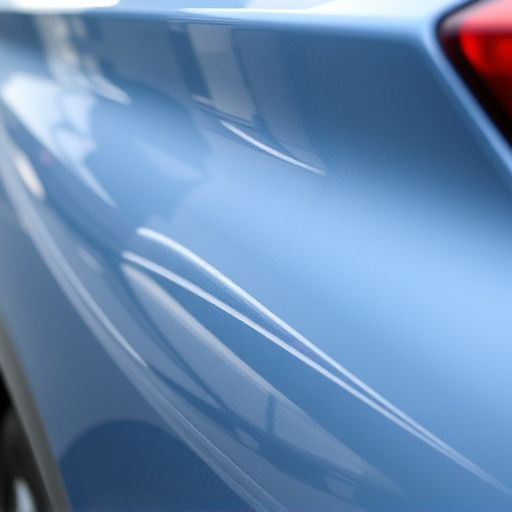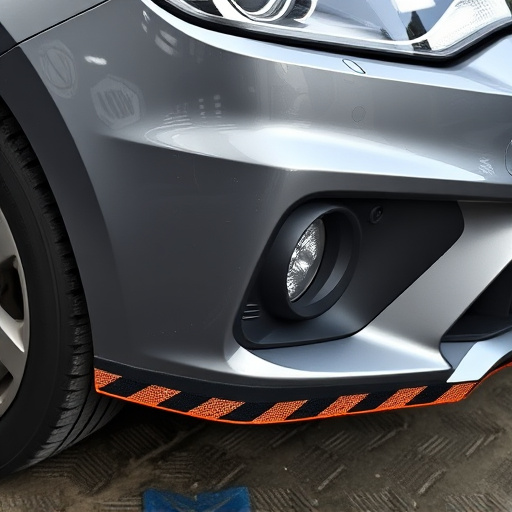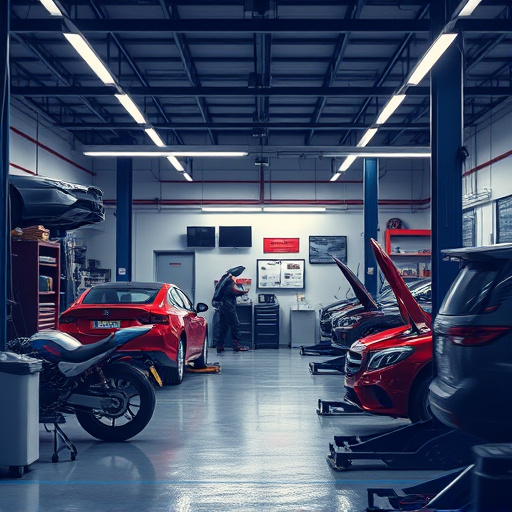Tesla performance calibration is a meticulous process optimizing electric motor, battery management, and Autopilot systems for peak performance. Regular calibrations maintain safety and ensure seamless driving experiences. Autopilot collects real-world data to fine-tune vehicle parameters, enhancing handling, acceleration, and dynamics. This integration combines efficiency and excitement, minimizing human error, reducing accident risks, and enhancing road safety.
Tesla performance calibration is a crucial aspect of maximizing the electric car’s potential, offering both enhanced driving dynamics and advanced safety features. This article delves into the fundamentals of Tesla performance calibration, exploring how it optimizes engine and braking systems for improved acceleration and handling. We also examine the integration of Tesla’s Autopilot system, demonstrating its role in facilitating precise control and a seamless driving experience. By understanding these interrelated components, owners can unlock their Tesla’s full capabilities.
- Understanding Tesla Performance Calibration Basics
- The Role of Autopilot in Performance Tuning
- Coordinating Systems for Optimal Driving Experience
Understanding Tesla Performance Calibration Basics

Tesla performance calibration is a complex process that involves fine-tuning various aspects of a Tesla vehicle’s handling and speed to achieve optimal performance. At its core, this calibration ensures that the car’s computer systems work in harmony, translating driver input into swift and precise actions. It encompasses adjustments to the electric motor, battery management, and advanced driver-assistance systems (ADAS), such as Autopilot. By meticulously calibrating these components, Tesla aims to deliver a seamless driving experience characterized by lightning-fast acceleration, steady handling, and intelligent safety features.
This process is crucial for maintaining the vehicle’s integrity, especially in dynamic situations. For instance, when utilizing Autopilot for assisted driving, accurate calibration ensures that the car responds accurately to navigation commands while adhering to speed limits and road conditions. Even minor misalignments could lead to performance hiccups or, worse, safety concerns, akin to a Mercedes Benz collision repair scenario where precision auto body repairs are vital. Thus, regular performance calibrations are recommended to keep Tesla vehicles in top form.
The Role of Autopilot in Performance Tuning
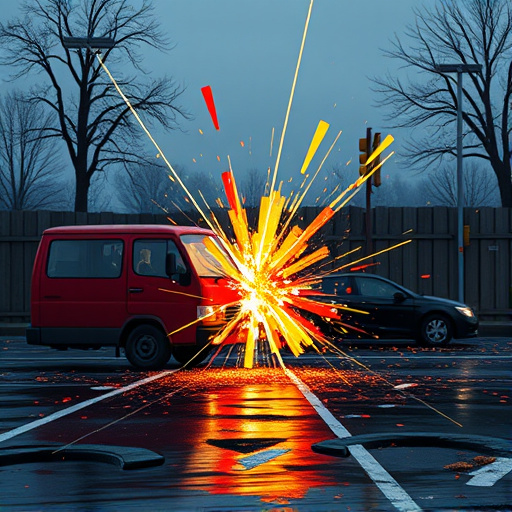
The Autopilot system in Tesla vehicles plays a pivotal role in enhancing performance during calibration processes. As a semi-autonomous feature, it assists in collecting precise driving data, allowing for more accurate adjustments to various parameters. When a Tesla undergoes performance calibration, the Autopilot system records and analyzes real-world driving conditions, including speed, steering inputs, and acceleration. This data is invaluable for fine-tuning the vehicle’s settings, ensuring optimal performance.
By integrating Autopilot into performance calibration, Tesla owners can benefit from improved handling, faster acceleration, and enhanced overall driving dynamics. The system’s ability to learn and adapt makes it a key component in customizing the car’s behavior to match individual preferences and driving styles. This level of customization, coupled with advanced diagnostics, sets Tesla apart from traditional car repair shops specializing in mere auto body repairs or collision damage repair, offering a more nuanced approach to fine-tuning performance.
Coordinating Systems for Optimal Driving Experience

In the pursuit of an unparalleled driving experience, Tesla has ingeniously integrated its performance calibration and Autopilot systems. This seamless coordination ensures that every drive is not just efficient but also exhilarating. Through precise adjustments to engine response, steering precision, and braking power, Tesla’s performance calibration optimizes the vehicle’s dynamics, allowing for both swift acceleration and controlled cornering. The Autopilot system further enhances this by leveraging advanced driver-assistance features like lane keeping, adaptive cruise control, and automatic emergency braking.
By synchronizing these systems, Tesla offers a level of safety and comfort that sets it apart from conventional vehicles. This coordination ensures that drivers can enjoy the thrill of high-performance driving while relying on Autopilot for hands-free assistance during long journeys or congested traffic. Moreover, this integration minimizes the risk of human error, which is a significant factor in many accidents, including fender benders and more severe collisions. Efficiently managing these risks translates into better road safety and reduced need for subsequent collision repair services and car paint services.
Tesla’s performance calibration and Autopilot system coordination are key factors in achieving a seamless and exhilarating driving experience. By understanding the fundamentals of performance tuning and the integrated role of Autopilot, owners can optimize their vehicle’s capabilities. This holistic approach ensures that every drive is not just fast, but also safe and responsive, setting a new standard for electric vehicle dynamics. Tesla continues to refine these systems, pushing boundaries and offering drivers an unparalleled connection with their vehicles.
